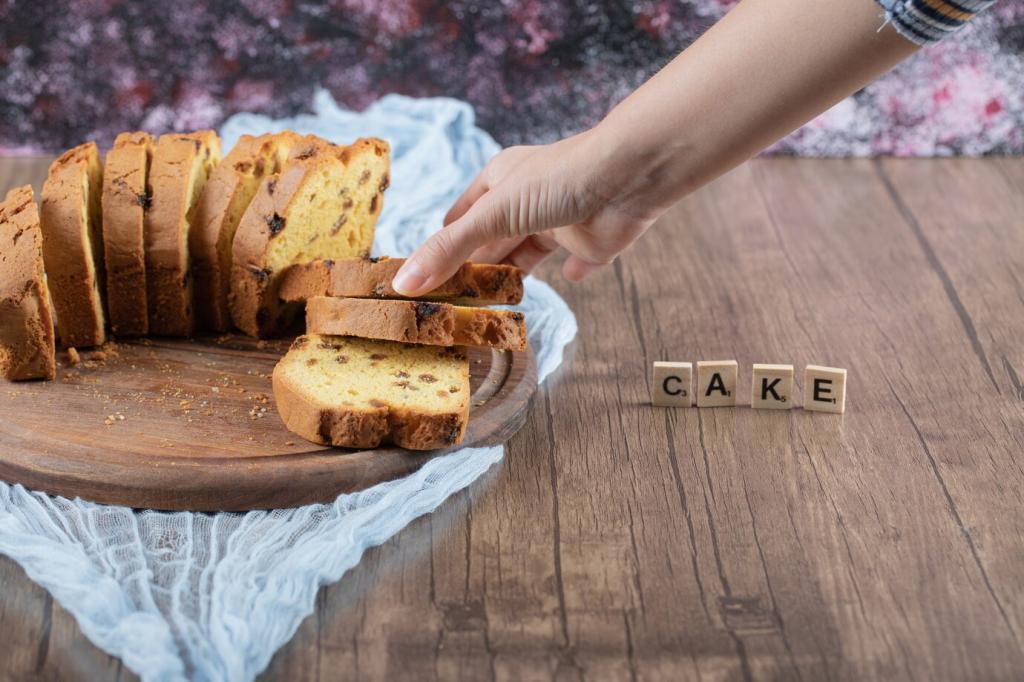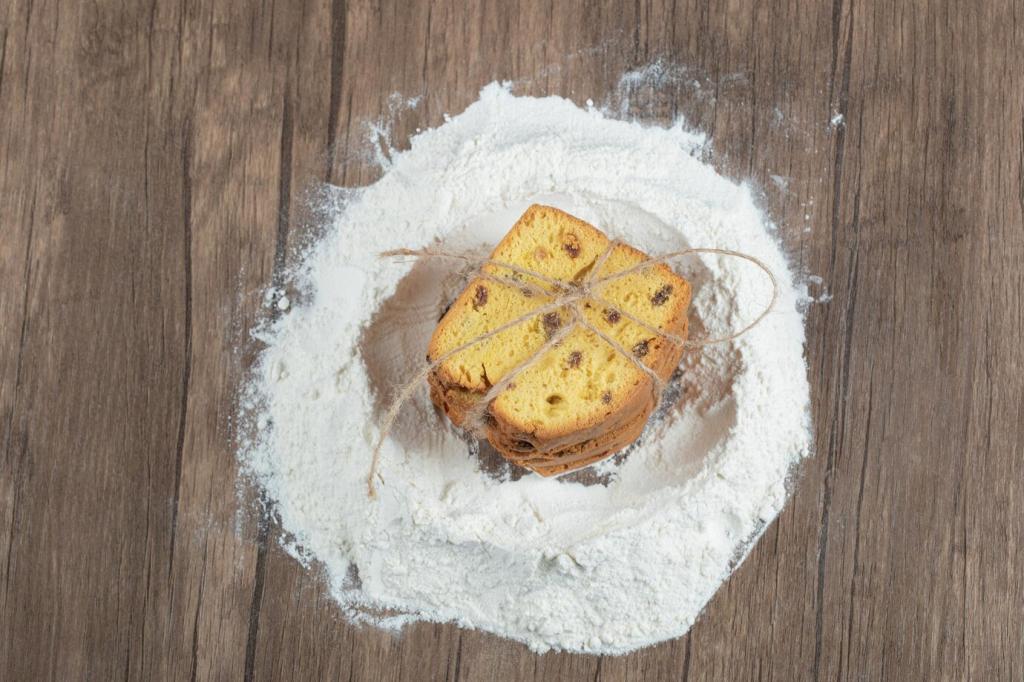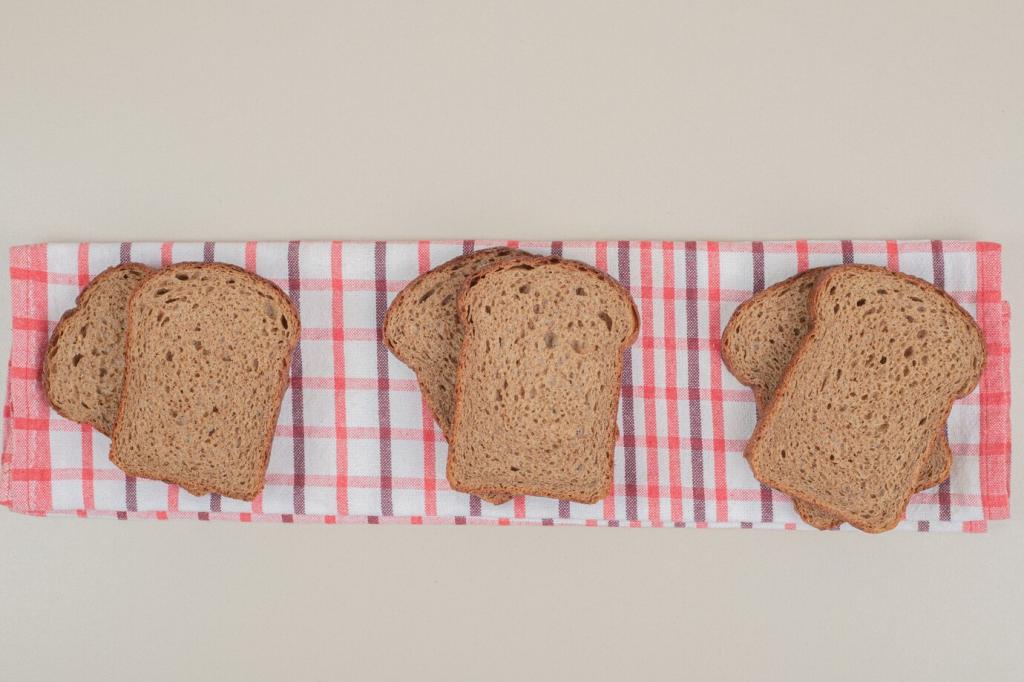Fermentation, Flavor, and the Maillard Magic
A 12–48 hour cold retard boosts acetic acid, promotes blistering, and heightens aroma. Dough surface dries slightly in the fridge, encouraging those delicate fish-scale blisters. Watch that dough does not overproof; the perfect timing yields a lively spring and sophisticated, not sour, tang.
Fermentation, Flavor, and the Maillard Magic
Use your levain when it peaks: domed, aromatic, and lightly sweet. Under-ripe levain can dull browning; over-ripe levain risks excessive acidity and fragile structure. Aim for consistency so crust color and texture repeat reliably, bake after bake, no matter the season or flour batch.



